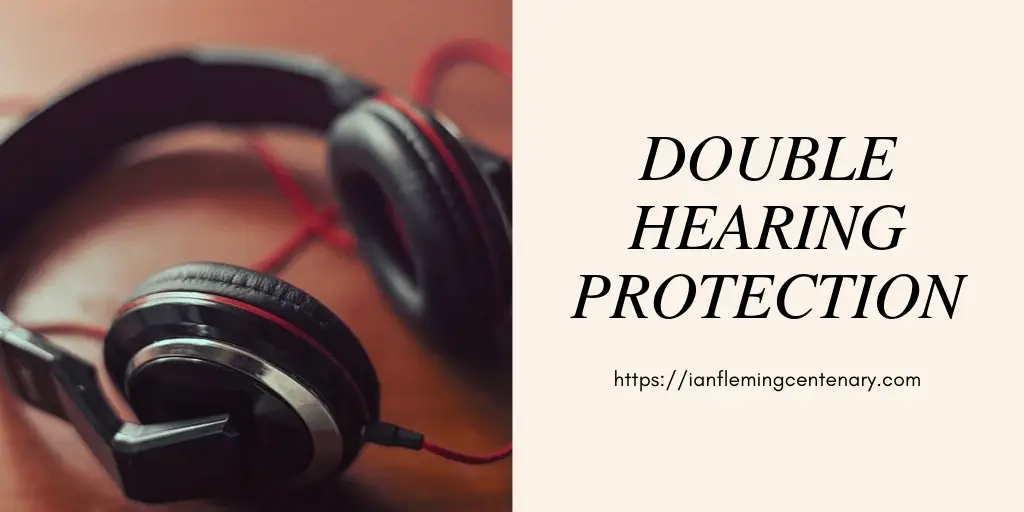What Are CEP Tips
Communication earplugs (CEP) ear tips are hearing protection devices that not only provide top-notch ear protection, they also allow high-quality communication.
The tips consist of elements that provide passive noise attenuation. Each element consists of a housing made up of a dynamic earphone transducer and a form earplug tip.
The transducer is connected to the communication system using a flexible wire. The outer covering of the wire is made up of polyurethane.

The material reduces the hardening effects that come about due to the wire getting into contact with a wide range of chemicals.
The alloy used in making the wire reduces flexure breaks, thus extending the ear tips’ life.
The earplug tip, made from foam, provides sound attenuation when you fit it into your ear canals. The earplug tip features a threaded insert that extends from the base of the tip to the transducer housing.
This provides a pathway where sound travels from the transducer to the ear canal.
The CED unit is then connected to the helmet communications circuit.
You can wear the CEP with other hearing protection devices hence reducing noise exposure to shallow levels. Tests conducted by the U.S army showed that the units reduce noise by up to 30 dB.
Types of CEP ear tips
There are many CEP ear tips, but the most common ones are military-grade Comply canal tips. The tips are designed to provide maximum noise reduction when you are undertaking mission-critical communication.
The soft viscoelastic foam easily conforms to the ear canal, maintaining an acoustic seal and keeps the device in the ear.
You can use CEP ear tips for lightweight communication systems, audiology, high-noise environments, aviation, industrial, and even medical use.
The canal tips come with several benefits that include:
Maximum noise reduction: With a longer length than standard ear tips, the tips create a custom, deep in-ear fit that allows maximum noise isolation. The actual NRR depends on the design of the communication design but on average, the pieces provide an NRR above 29 dB.
Enhanced communication ability: Due to the optimal seal, communication is funneled directly into the ear canal. As a result, you maximize your hearing experience.
Increased comfort: Made from a unique breathable memory form, the canal tips are activated by body heat. This makes them ultra-soft, reducing irritation, and fatigue.
Stay in the ear: The length and tapered design of the canal tips allow easy insertion and in-ear retention to keep the communication devices in place. The special tapered core allows deeper insertion into the ear canal.
To get the most from the pieces, ensure that you choose the right size for your ears. You also should keep them in good condition. This calls for you to clean them regularly. When they wear out, replace them.
If you want your pieces to last for years, go for custom ones. In addition to lasting for a long time, they also provide you with optimum protection.
How to insert CEP
You should insert the CEP the same way you insert regular earplugs. When properly inserted, very little foam should be visible at the ear canal opening.
During the insertion, position the transducer housing so that the wire exits through the external ear’s tragus notch.
Test the CEP to determine whether you have inserted it properly and has a good fit. To test the earplug, cup your hand over the ear, then move it back and forth away from and against your external ear.
If you don’t hear anything, you most likely have a good fit and good seal from the noise.
When you hear white noise, you have a sound leak, and you should redo the fitting process. If the fit is good, you should insert the earplug into the next ear.
When inserting the earplug, remember always to compress the tip. Don’t force an uncompressed ear tip into the canal as you will pull the foam portion away, exposing the hard plastic insert.
The exposed part causes pain when it touches the ear canal.
CEP installation to the helmet
When you are wearing a helmet and need to wear the CEP ear tips, you need to wear them properly to get the most from them.
Start with positioning the helmet with the right shell ear dome facing down and the interior facing you.
The chinstrap should be unlaced from the D-rings. You should then remove the right earcup from the helmet and remove the ear seal.
Go ahead and remove the receiver, receiver retainers, and filler pad from the earcup. Using a screwdriver, remove the communications cord leading from the receiver. You should remove the cord using the grommet from the earcup.
Removing and Storing CEP tips
Once you are done with your mission, disconnect the CEP before you remove your helmet. To remove the CEP, grasp the transducer housing, then pull the ear out and forward.
To protect the system and extend the ear tips’ life, store the CEP in a hinged lid plastic container.
Taking care of the CEP ear tips
For the pieces to last for a long time, you need to take good care of them. One of the things you should do is to clean the ear tips.
Clean the pieces using mild hand soap and hot water. Scrub the ear tip surface with your finger to get rid of any dirt that might be there.
Take care that you don’t squeeze water through the foam while it’s wet. After you have rinsed the tip, leave the water in the foam, then place it on a dry surface for slow drying.



